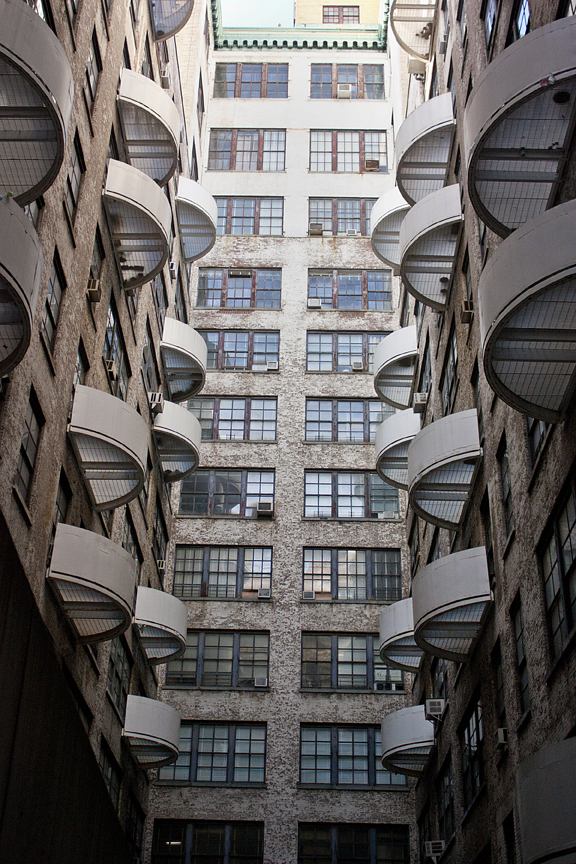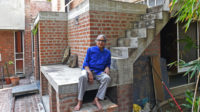Core issues of art, architecture, and historic preservation manifest themselves in Joan’s shepherding the pioneering affordable artists’ housing, Westbeth, that she and her father J.M. Kaplan initiated. Designed by Richard Meier, and opened in the converted Bell Laboratories on Manhattan’s West Street in 1970, it helped accelerate the national phenomenon of the SoHo loft conversion.

Westbeth Artists Housing in the West Village. Photo by Bob Estremera/Village Preservation, Flickr
Like Westbeth, many projects Joan initiated or backed became national trendsetters. Vest Pocket Parks in East Harlem caught the attention of elected officials who trumpeted the small parks idea everywhere. Restoring historic religious buildings in New York was an inspiration for her to help launch Partners for Sacred Places in 1986 in Philadelphia with its focus on preserving religious buildings nationwide. Joan’s opposition to Westway, the mega-highway along Manhattan’s shore first proposed in 1971, helped bring attention to the highway versus transit issue. Ultimately, the city traded the highway money in for transit funding after a long, contentious, early clash between highway and transit promoters and the scheme was aborted in 1985.
Joan also supported local historic preservation efforts in numerous city neighborhoods, and assisted in numerous lawsuits on behalf of those communities. Those years of aggressive preservation activity, so dependent on Joan’s financial assistance, inspired similar efforts in other cities.
While primarily identified with those issues, Joan’s enthusiastic support for civil rights and civil liberties was equally forward thinking. She stood by the ACLU when it was under fire for protecting the free speech rights of Nazis marching in Skokie, Illinois, in 1977. She was early in supporting gay rights and the right to shelter for the homeless.
Joan’s concern for the environment was significant. In 1963, Con Edison wanted to rip away a portion of Storm King Mountain on the Hudson River at Cornwall, one of the most dramatic sites on the river. It would have endangered the forest on top of the site, undermined the spawning ground for the recreationally and commercially important striped bass, and sparked further industrializing of this scenic waterway. A few residents in Cornwall started the fight, which led to the birth of both Scenic Hudson and the Natural Resources Defense Council (NRDC). These efforts awakened the public’s interest in the environmental and scenic importance of the river and clarified dramatically the need for public input in environmental policies.
The 1986 federal Safe Drinking Water Act required that all surface drinking-water supplies in the country be filtered. Joan agreed with the NRDC belief that the Catskill and Delaware systems did not need this because they were so rural. Instead, they instituted a program of acquisition of land by New York City to guarantee protection. It was a difficult agreement to be achieved but Joan supported the groups waging the effort. They succeeded.
Across the board, if it was new, bold and creative, Joan was there to support it financially and politically and to encourage the citizens leading the charge.





Post a comment to this article
Report Abusive Comment